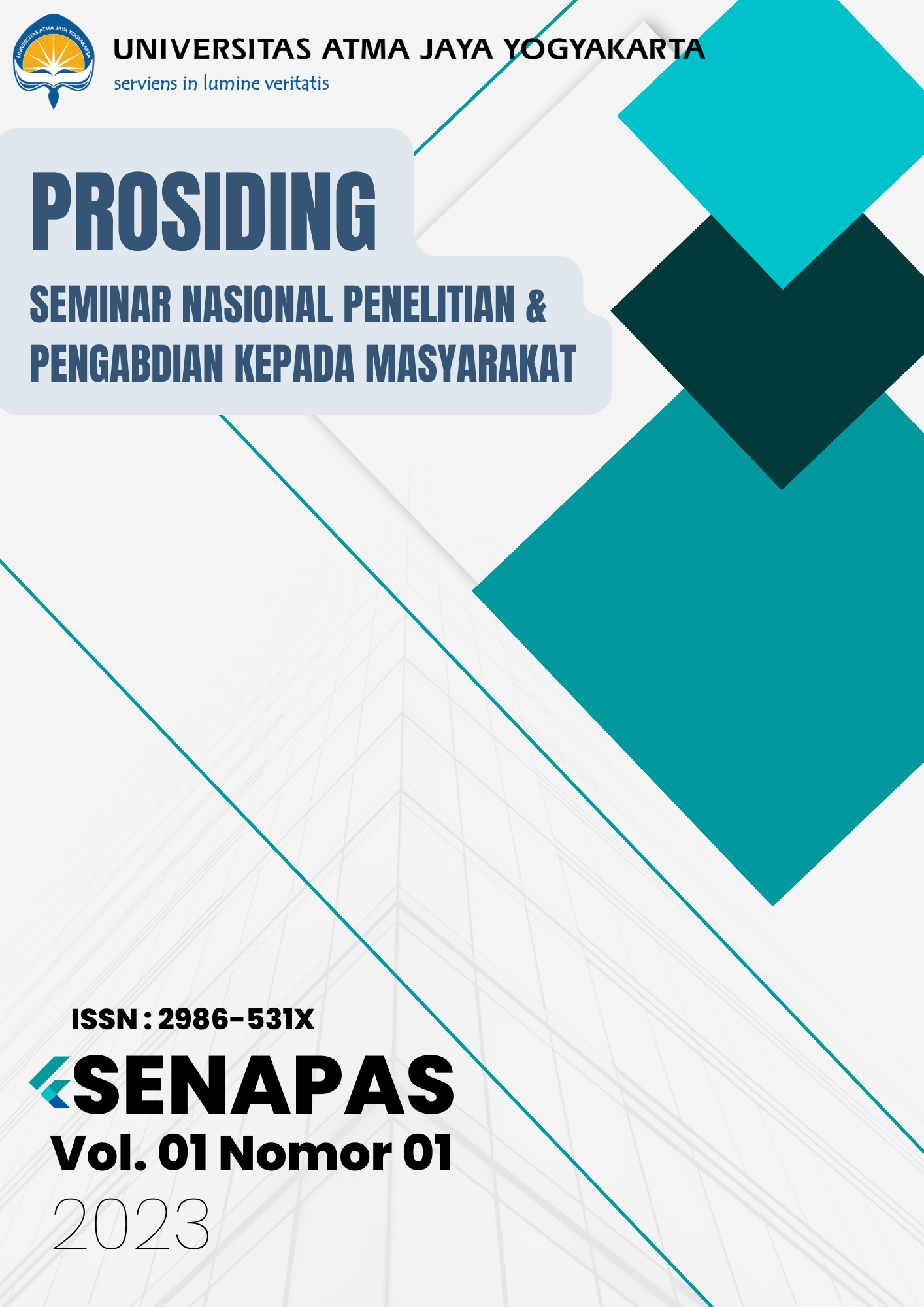Pengembangan Desa Wisata Nglanggeran: Pendekatan AHP
DOI:
https://doi.org/10.24002/senapas.v1i1.7298Keywords:
desa wisata, faktor berpengaruh, pihak pendukung, strategi pengembanganAbstract
This study aims to identify and analyze the priority development strategies of Nglanggeran Tourism Village, Patuk, Gunung Kidul. The data collection method used in this study is a field survey using questionnaires and interviews as tools. The sampling technique used is purposive sampling. The sample in this study consisted of 10 informants. The data analysis tool used in this study is the Analytic Hierarchy Process (AHP) with the help of Expert Choice software. There are three main findings in this study. First, the top three influential factors are community empowerment, support from the community/village organizations, and support from the local community. Second, the top three supporting parties are the tourism village management, local community, and the government and related agencies. Third, the top three development strategies are developing existing potentials, developing infrastructure, and following the principles of a tourism village.
Keywords — tourism village, influential factors, supporting parties, development strategies
References
M. Reily, “2018, Potensi Desa Wisata Naik Menjadi 1.734 Unit,” Katadata.co.id, 2018. https://katadata.co.id/ekarina/berita/5e9a558d10a92/2018-potensi-desa-wisata-naik-menjadi-1734-unit (accessed Jan. 02, 2023).
P. Purwowibowo, “Gombengsari: Desa Wisata Berbasis Kebun Kopi, Kampoeng Kopi, dan Peternakan Kambing Etawa,” J. Tour. Creat., vol. 5, no. 1, p. 57, Feb. 2021, doi: 10.19184/jtc.v5i1.22105.
K. Sari and R. S. Nabella, “Potensi Lokal dan Pengembangan Desa Wisata Melalui Badan Usaha Milik Desa (BUMDES): Studi Desa Wisata Pujon Kidul, Kabupaten Malang,” Pros. Semin. Nas. Ekon. Pembang., vol. 1, no. 2, pp. 109–114, 2021, [Online]. Available: http://conference.um.ac.id/index.php/esp/article/view/596
S. Sudirah and R. Febriani, “Potential Development of Creative Tourism and Supporting Aspects,” vol. 143, no. Isbest 2019, pp. 273–278, 2020, doi: 10.2991/aebmr.k.200522.051.
M. Nazir, Metode Penelitian. Indonesia: Ghalia Indonesia, 2003.
N. S. Sukmadinata, Metode Penelitian Pendidikan. Bandung: Remaja Rosdakarya, 2009.
T. L. Saaty, Decision Making for Leader : The Analytical Hierarchy Process for Decisions in Complex World. Pittsburgh: University of Pittsburgh, 1993.
B. W. Taylor, Introduction to Management Science, Sains Manajemen. Jakarta: Salemba Empat, 2014.
Jadiaman Parhusip, “Penerapan Metode Analytical Hierarchy Process (AHP) Pada Desain Sistem Pendukung Keputusan Pemilihan Calon Penerima Bantuan Pangan Non Tunai (BPNT) Di Kota Palangka Raya,” J. Teknol. Inf. J. Keilmuan dan Apl. Bid. Tek. Inform., vol. 13, no. 2, pp. 18–29, 2019, doi: 10.47111/jti.v13i2.251.
A. E. Munthafa, H. Mubarok, J. Teknik, and I. Universitas, “PENERAPAN METODE ANALYTICAL HIERARCHY PROCESS DALAM SISTEM Kata Kunci : Analytical Hierarchy Process , Consistency Index , Mahasiswa Berprestasi . Keywords : Analytical Hierarchy Process , Consistency Index , Achievement Student b . Kelebihan dan Kelemaha,” J. Siliwangi, vol. 3, no. 2, pp. 192–201, 2018.
R. I. H. murnita, “Pemanfaatan Aplikasi Expert Choice Sebagai Alat Bantu Dalam Pengambilan Keputusan,” J. Pengabdi. Masy., vol. 4, no. 2, pp. 53–59, 2021.
Downloads
Published
Issue
Section
License
Copyright (c) 2023 Metry Sukma Br Perangin-Angin, Florentinus Nugro Hardianto

This work is licensed under a Creative Commons Attribution-ShareAlike 4.0 International License.









